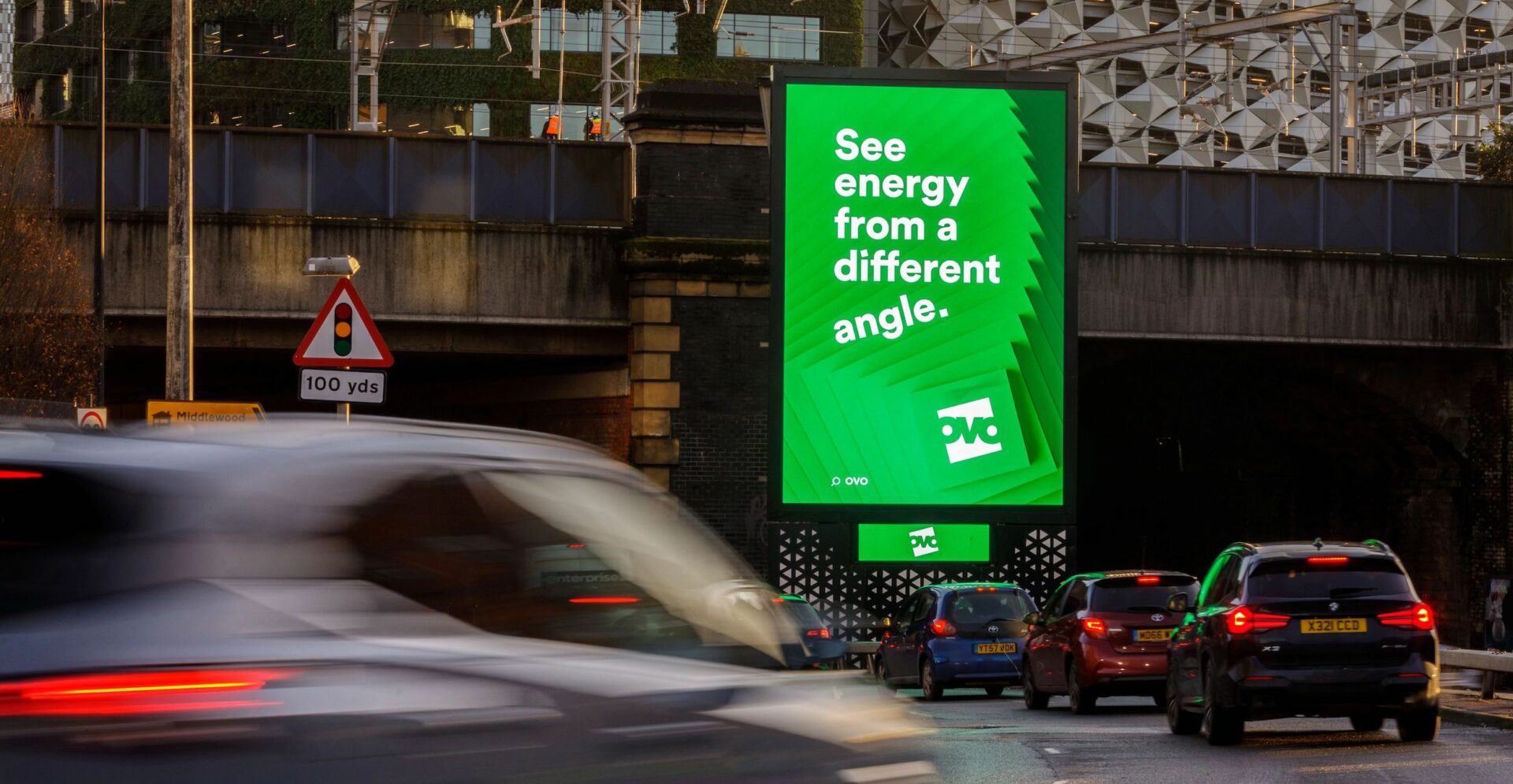Talon’s 4-step approach to safeguarding consumer privacy in the era of intelligent digital OOH
With the media press picking up on the potential pitfalls around consumer privacy and GDPR last week, Talon’s Chief Strategy Officer Jonathan Conway outlines how Talon is actively addressing concerns as Out of Home adtech develops apace.
The UK Information Commissioner’s Office (ICO) recently published a report on the AdTech sector, which focused heavily on data protection and real-time bidding in online advertising. In the ICO’s view, real-time bidding creates several issues under data protection laws, linked to challenges with providing genuine transparency to consumers, the lawful bases for data processing activities and the use of special category data containing health, ethnicity or religious information.
This is problematic for advertisers because they are hooked on online AdTech. They rely on these tools to reach new audiences, easily adjust their media buying and measure the outcomes of their campaigns.
All of the advertising benefits associated with using AdTech exist because of the need for real time bidding in online advertising. It is a system in which there is an almost infinite supply of audience impressions. The lifestyles of the individuals they represent and their receptiveness to advertising messages are inferred by thousands of behavioural data points analysed, in real time, so that media buyers can purchase and deliver an ad in the time it takes for a web page to load in a user’s browser.
Digital Out of Home, of course, is a very different system.
A single audience impression is a less meaningful unit in a world where dozens or even hundreds of individuals view the same ads simultaneously. The size and profile of these crowds of people are predicted and quantifiable far in advance by industry measurement systems like Route and Geopath. In digital Out of Home, the main opportunity for real-time decision-making is to capitalise on dynamic contexts by delivering dynamic and contextually targeted messages. A powerful advertising strategy, which Talon and Grand Visual have delivered for market-leading brands including Google, Skoda and McDonald’s.
Nonetheless, online advertisers can still enjoy the benefits of AdTech when they activate their digital OOH campaigns. Talon has developed a suite of proprietary AdTech solutions designed to do exactly that.
Ada, Talon’s data management platform, leverages user-level consumer data – specifically, mobile location history data – to generate insights about people’s behaviours; places they visit, how they travel, and the OOH ad inventory they are most likely to see on their everyday journeys. These insights are allowing Talon to deliver more intelligent, measurable and effective one-to-many advertising on behalf of some of the world’s largest brands.
By developing Ada, Talon is now classified as a controller of consumer data and is subject to the very same data protection laws as online AdTech. These laws are designed explicitly to protect consumer privacy; a responsibility we take seriously and have therefore established four important operating procedures to guarantee compliance.
1. Consent as the lawful basis for data processing
The ICO’s report highlighted that online AdTech often relies on ‘Legitimate Interest’ as the lawful basis for data processing activities, where explicit “Consent” might be more appropriate. Ada exclusively sources audience data from third party businesses who partner with Mobile App Publishers and obtain explicit user consent to collect consumer data.
2. Rigorous process for auditing data providers
Talon evaluates the data collection practices implemented by all providers in pre-partnership discussions and defines them in contractual agreements which also ensure that data providers have a valid lawful basis for collecting that data. Any data obtained by partners without explicit consent, or where user consent has been obtained and subsequently removed, is discarded.
3. Exclusively use Ada for one-to-many advertising campaigns
The one-to-many nature of OOH advertising means that Ada will only activate audience data in an aggregate fashion. Ada never surfaces user-level, personally identifiable information. It is never used to purchase an ad impression that is targeted to a single consumer; it is only useful and usable for planning, buying and measuring OOH campaigns that reach thousands or millions of consumers per week.
4. Never use or derive special category data
The ICO report is critical of practices in respect of ‘special categories of data’, which include more sensitive data such as health, religious or ethnicity information. In most cases, advertisers need to obtain explicit consent to process this type of data. Ada exclusively uses location data, which is not a special category of data.
In the era of intelligent digital OOH advertising, we believe there is a fine balance to be struck between meeting advertisers’ needs for more data-driven targeting and measurement and safeguarding the privacy of our audiences. This balance is easier to find with AdTech solutions that are attuned to the realities of the OOH advertising experience and not only the online one.




